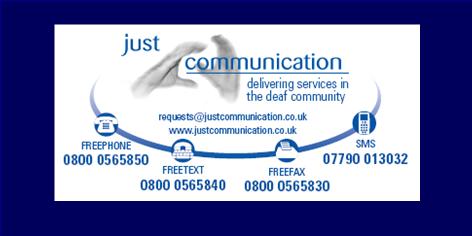For people born deaf-blind, standard forms of communication fall short. However, if your senses are limited, then others become more sensitive in order to compensate writes Charlie Osborne for Smart Planet (18/04/12).
When I worked with deaf-blind children briefly as a teaching assistant, I found it could be very difficult to interpret the actions or behavior of a deaf-blind child — if the condition was inherent at birth, then the issue was magnified. All of the behavioral cues that we learn in early stages of development — from a smile to hand gestures — fell short.
It seemed often that limited communication and fragmented information became the catalyst for isolation in these children. Learning language and being able to establish effective communication is the way deaf-blind maintain a connection to others in a silent and dark world — so we’d often use objects, routines and repetitiveness sequences to establish this and make them feel comfortable and secure.
While touch is simply one of our senses — a useful tool — for these children, without it, they would be completely cut off from everything.
That’s why a new, prototype communication device for the deaf-blind caught my attention. TheDesign Research Lab, based in Germany, has developed the Mobile Lorm Glove — a glove that uses tactile and sensory pads to facilitate communication using technology such as texting or email.
Pressure points and sensors on the palm of the prototype glove take the place of visual or spoken language. The glove translates the hand-touch alphabet “Lorm”, a commonly-utilized form of communication to translate touching, sweeping and pressure into letters of the alphabet.
The user composes their own text-based messages using these sensory pads. Once complete, a Bluetooth connection forwards on the message to the intended recipient’s mobile device — generally sent in the form of an SMS.
Naturally, communication has to work both ways. If the wearer of the glove receives a message in return, then the SMS is sent from their handheld device to the glove — tiny, vibrating motors fixed to the back of the glove alerting the user to an incoming message.
The thin strands of communication that the deaf-blind cling to — simple, tactile points of pressure — may seem incomprehensible to those without limited sight or hearing, but a means of establishing a sensor-based language more effectively, I think it could result in improving the quality of life in many deaf-blind people.






No comments:
Post a Comment